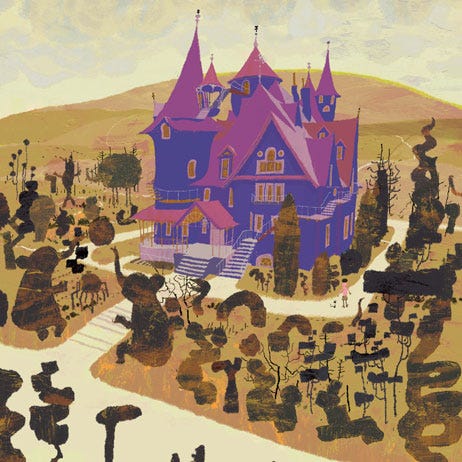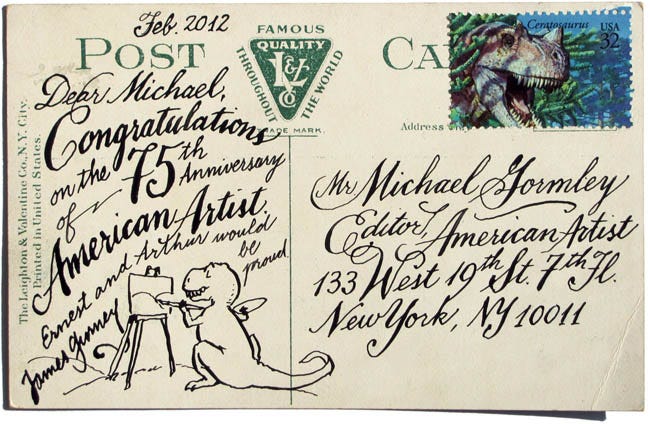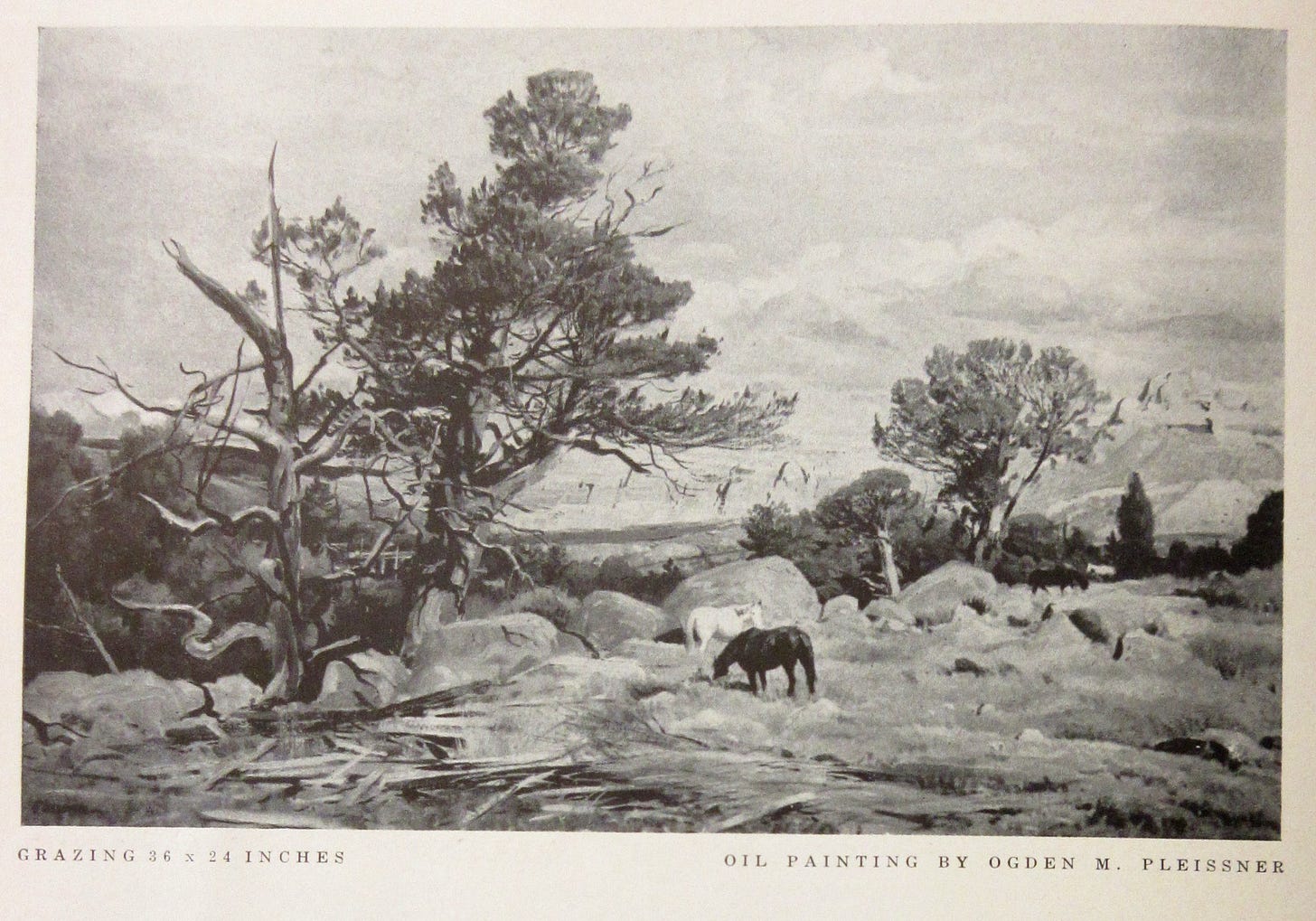All of the films by Laika Animation have "Art of" books available, including Paranorman, Boxtrolls, and Kubo. But their first film, Coraline, doesn't.
Much of the concept art had been shared online, but it wasn't organized, and hard to find. So a group of fans gathered up everything they could find, and created an unofficial digital book in PDF form and put it online.
But after the book had been available for a while, they started receiving takedown notices from Laika. They weren't making any money from it, just honoring the artists' work. They wrote to the management of Laika, who found out that the takedown letters were coming from their legal department.
Fortunately Laika reversed their position and allowed the book again. For now, you can view the book. (It’s a big file and takes a while to download.)
With the rise of streaming services and digital publishing, physical media like DVDs, books, and records are becoming less common. At the same time, copyright terms have been extended, leaving large numbers of films, books, and songs unavailable to republication. How do these shifts threaten the public domain and endanger the preservation and transmission of cultural memory?
What will happen to the archives of American Artist?
American Artist Magazine began in the late 1937 as Art Instruction Magazine, founded by the two architectural draughtsmen Ernest Watson and Arthur Guptill, who also founded Watson-Guptill, the book publishing company. Their founding mission was practical, didactic, and businesslike.
The first decades of the magazine spotlighted both easel painters and illustrators.
Mr. Watson went on such a flurry of visits to illustrators that he was able to assemble them into a book called Forty Illustrators and How They Work. During the decades of the 1970's and '80s, as the realist revival gained steam, American Artist was the most vocal champion.
American Artist helped popularize Andrew Wyeth, Robert Vickrey, Tom Nicholas, Richard Schmid, and even Frank Frazetta, who had a cover feature in 1976. For many artists, an article or a cover feature cemented their reputation.
American Artist Magazine lasted until 2012, when its publications were sold to an LLC and folded The Artist's Magazine under the corporate banner of Golden Peak Media. What will happen to the publishing legacy of American Artist from 1937-2012? It’s still protected by copyright, but it’s not available anywhere online.
Golden Peak Media is the corporate entity that owns all those rights. Anne Hevener, the editor of Artist’s Magazine, told me that Golden Peak Media don’t have any of the articles (text, images, or layouts) in digital form, so they can only share sub-par photos of the material, page by page.
Unfortunately it takes a lot of staff time to digitize all that content, and there has to be a path to monetization to make it worthwhile economically, They tried sharing some of these retroactive looks through older content, but “unfortunately, the content did not get a lot of traction. So, we didn’t keep it up.”
Will digital films be preserved forever? This article is continued on my Substack









7 comments:
Is there something wrong with the link to download the book? it takes me to my own blogger page.
Weird. I own a Coraline "Making of" book. Coraline A Visual Companion. It's not in the landscape format, and it's hard to find, but it's out there. Lovely stuff though, and be interested to see the .pdf, but the link here asks me to start a blog? Brilliant blog btw. Keep up the good work!
Heads up, the link to the download doesn't work. These are really important questions and I am sad for the lack of a digital archive of AA.
Heads up, the link to download Coraline doesn't work.
If only AA had a digital archive!
I think a lot about archives and digital archives in my spare time. The first issue of archives is there is simply too much to be preserved. That's always been true of art and writing. The second issue is longevity of the media. Baked clay tablet is close to the best, nitrate-based film that auto-ignites is close to the worst. Digital media varies considerably. It has the virtue of being easy to make copies of, and the downsides of needing specific equipment and software to access, requiring near constant energy input to maintain, and the media have gone obsolete quickly. Related is the issue of the Internet constantly decaying. It feels permanent, but looks are constantly breaking, sites stop being maintained, infrastructure stops working, and content is taken off
Most of the digital movies won't survive (at least for more than a few decades.) The making of books will last much longer. The books will last much longer if they are popular (lots of copies) or the films become "classics" and the books are preserved in institutional archives.
On a personal level. Saving photos to your computer, an external hard drive, or the cloud seems like preservation, but the copies that continue to exist and be accessible decades from now or for future generations will most likely be the copies on physical media (any one can pick up a photo and just look at it, no one will be able to access your Google drive without the password) . Those will last longer if you make multiple copies and give them to multiple people who are geographically dispersed. And back to point one, most of the information will be lost or destroyed anyway.
Part of the art of archiving is throwing things away. So part of the appreciation of history must be acceptance of what's lost and appreciation of what remains.
The (Unofficial) Art of 'Coraline' is on Archive.org
Thanks, James.
Paulo, Rio
Thanks, Paulo and T. The link to see the Coraline book online is: https://archive.org/details/the-unofficial-art-of-coraline_202311/mode/2up
Post a Comment